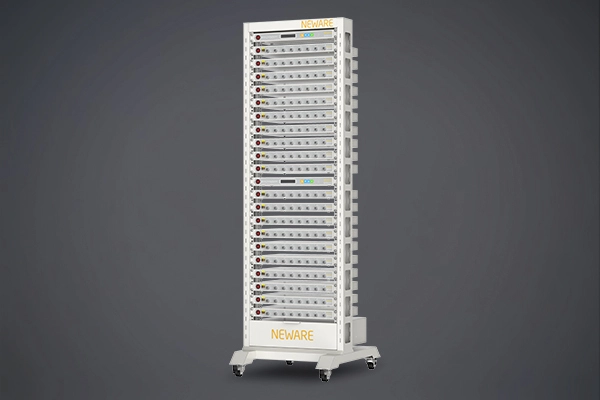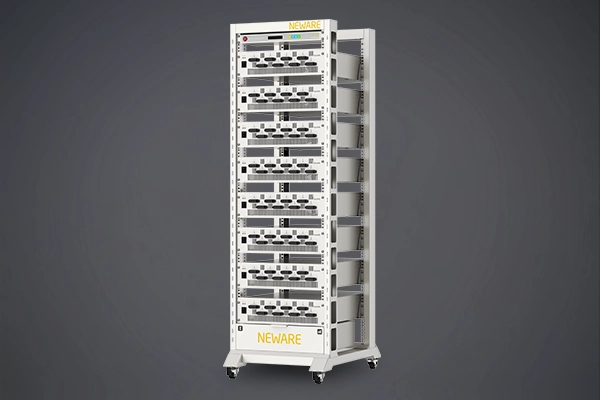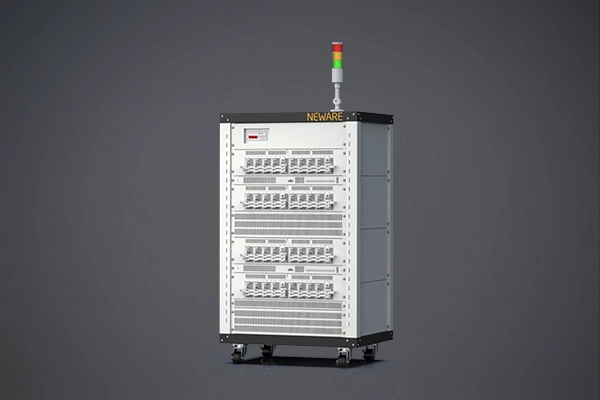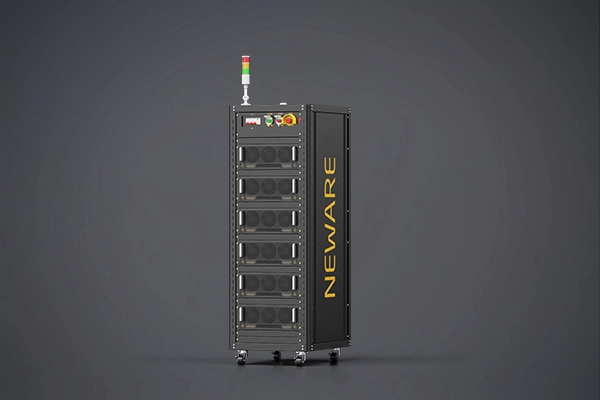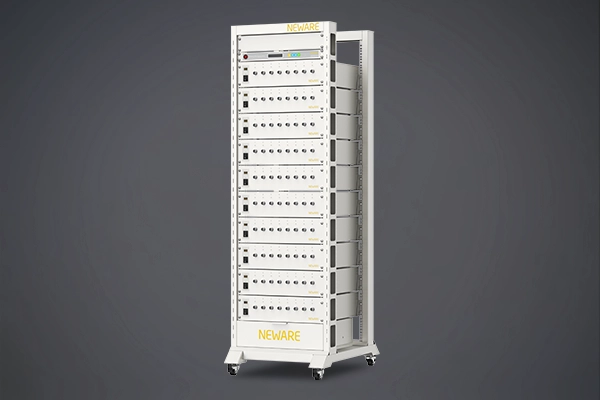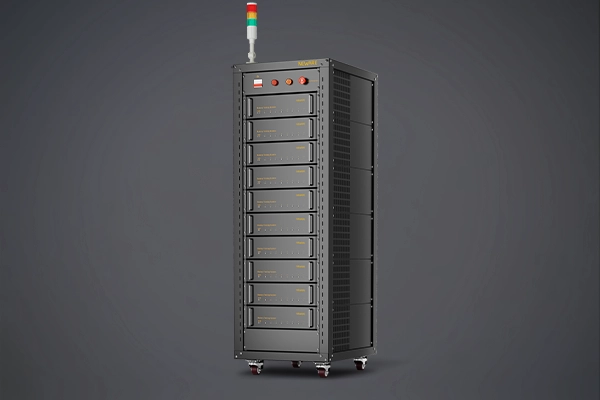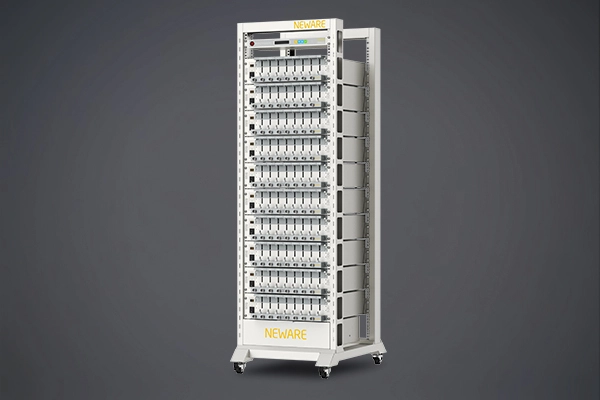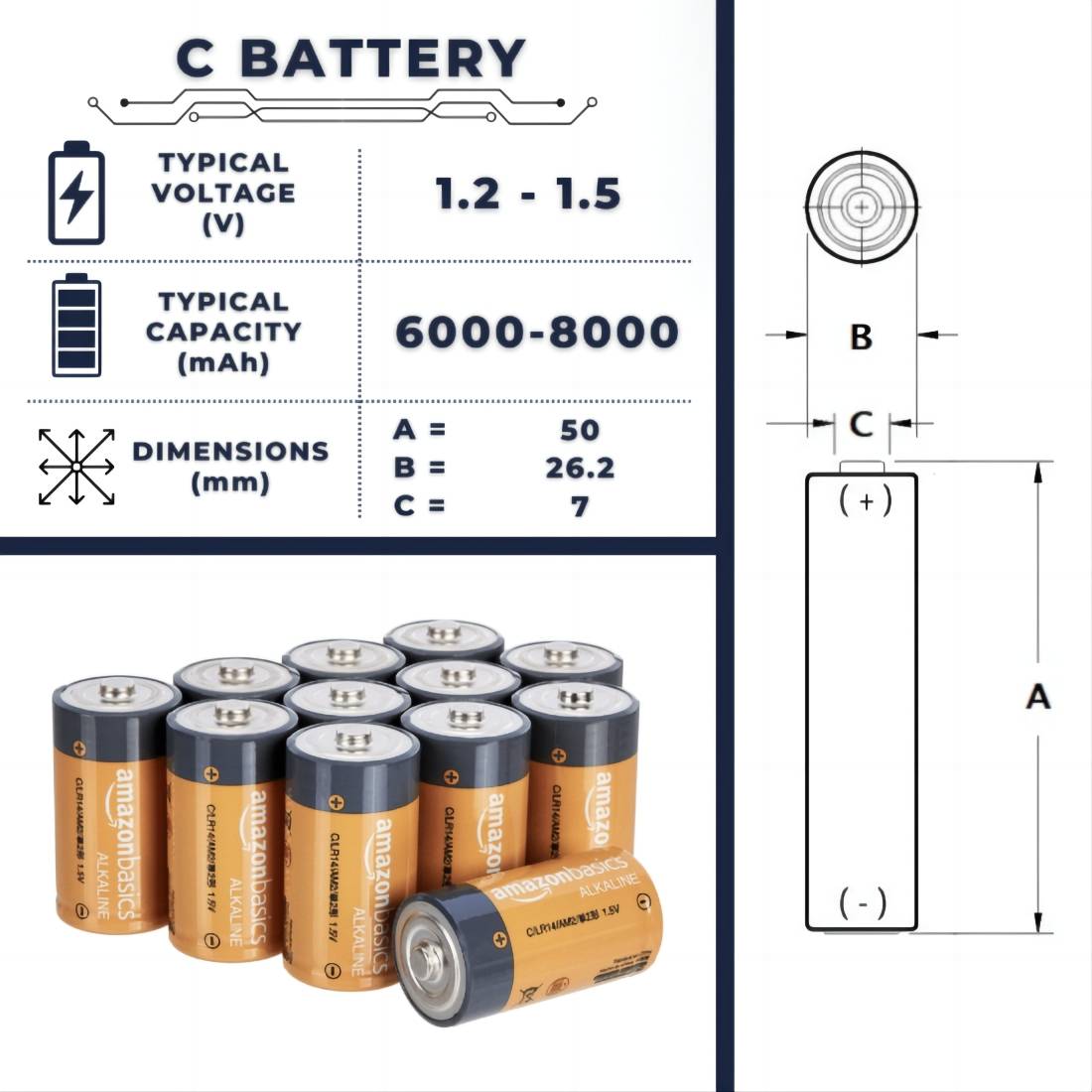
Size and dimensions: C battery, also known as "Duracell No. 2 battery" or "IEC C battery," are larger than AA and AAA battery but smaller than a standard D battery. A typical C battery has a height of about 50mm (1.97 inches) and a diameter of around 26.2 mm (1.03 inch).
Voltage: The standard voltage for a new alkaline C battery is 1.5 volts. The storage capacity of an alkaline C battery can reach up to 8000mAh, a rechargeable nickel-metal hydride (NiMH) C battery can have a storage capacity of up to 6000mAh, and a zinc-carbon C battery can achieve a storage capacity of 3800mAh.
Chemistry: C batteries can be made with various chemistries, including alkaline, lithium, nickel-cadmium (NiCd), and nickel-metal hydride (NiMH). Alkaline is the most common and offers a good balance of performance and cost.
C batteries are crucial for many devices that require a higher current due to their larger size and higher capacity. They are often used in devices that demand more power, such as power tools, outdoor flashlights, and some medical equipment.C batteries are commonly found in household items like remote controls for large TVs, portable radios, toy cars, and certain types of medical equipment like blood pressure monitors.The availability of C batteries in most stores, along with their reliability and long shelf life, makes them a convenient choice for consumers.
Voltage: Standard voltage is 1.5 volts.
Capacity: Typically ranges from 3000mAh to 8000mAh.
Lifespan: Alkaline batteries have a shorter life and are not rechargeable. They are designed for single-use.
Cost: Generally affordable and widely available.
Leakage: Can leak if not disposed of properly after use, which can damage devices.
Performance: Good for devices with moderate to high power drain but not ideal for long-term, continuous use.
Application: Flashlight,toy car and truck,remote control,smoke detector,radio,blood pressure monitor,hearing aids,GPS Device,doorbell.

Voltage: Also 1.5 volts, but with a flatter discharge curve.
Capacity: Can vary but often exceeds alkaline batteries.
Lifespan: Lithium batteries are non-rechargeable but have a longer shelf life and can last longer in use.
Cost: Typically more expensive than alkaline batteries.
Leakage: Less likely to leak, making them safer for long-term storage and use.
Performance: Excellent for high-drain devices and maintains a steady voltage until depleted.
Application:Portable speaker,camera,emergency backup power supply.
Voltage: Each cell typically has a nominal voltage of 1.2 volts.
Capacity: Generally lower than alkaline and lithium, but still substantial.
Lifespan: Rechargeable, with a certain number of charge cycles before their capacity diminishes.
Cost: Initially more expensive, but the ability to recharge can make them cost-effective over time.
Leakage: Can leak if overcharged or improperly stored, which requires careful handling.
Performance: Good for applications that require frequent recharging, but susceptible to memory effect if not fully discharged before recharging.
Application:Electric screwdriver,electric wrench,wireless microphone,emergency light,fire alarm.

Voltage: Each cell has a nominal voltage of 1.2 volts.
Capacity: Often higher than NiCd, with ranges similar to lithium batteries.
Lifespan: Rechargeable with hundreds to thousands of charge cycles possible.
Cost: More expensive upfront, but the rechargeability can offset the cost for frequent users.
Leakage: Less prone to leakage than NiCd, but still requires proper charging and storage to prevent damage.
Performance: Similar to NiCd in terms of applications but with higher capacity and less memory effect, making them more versatile for various devices.
Application:Two way radio,recording pen,camping light,electronic level,laser rangefinder,mini electronic keyboard,handheld game console.

Alkaline: Best for infrequent, short term use where high power is needed, but not cost effective for long-term or continuous use.
Lithium: Ideal for long term or continuous use, high drain devices, and situations where a stable voltage is critical.
Nickel-Cadmium (NiCd): Suited for applications requiring frequent recharging, but with lower capacity and more prone to memory effect.
Nickel-Metal Hydride (NiMH): A good compromise between cost and performance, offering higher capacity and less memory effect than NiCd.
When choosing a C battery, consider the specific needs of your device, the expected usage pattern, and the total cost of ownership (including the purchase price and any replacement or recharging costs). Each type of battery has its advantages and is better suited to certain applications.
No, C and D batteries are not the same. They differ in size, capacity, and voltage. A standard D battery is larger both in height and diameter compared to a C battery. D batteries typically have a larger capacity and can provide more power or last longer than C batteries. The standard voltage for both is 1.5 volts, but due to their size differences, their performance characteristics can vary significantly.
C batteries are generally stronger than AA batteries in terms of capacity and the amount of power they can provide. A C battery has a higher capacity than an AA battery, meaning it can store more energy. This makes C batteries suitable for devices that require more power or have a higher power draw.
While C batteries are a reliable power source for a variety of devices, it's important to remember that their utility doesn't end when they're depleted. The lifecycle of a battery can be extended through responsible recycling practices, which is where the true value of these power-packed devices becomes even more evident.
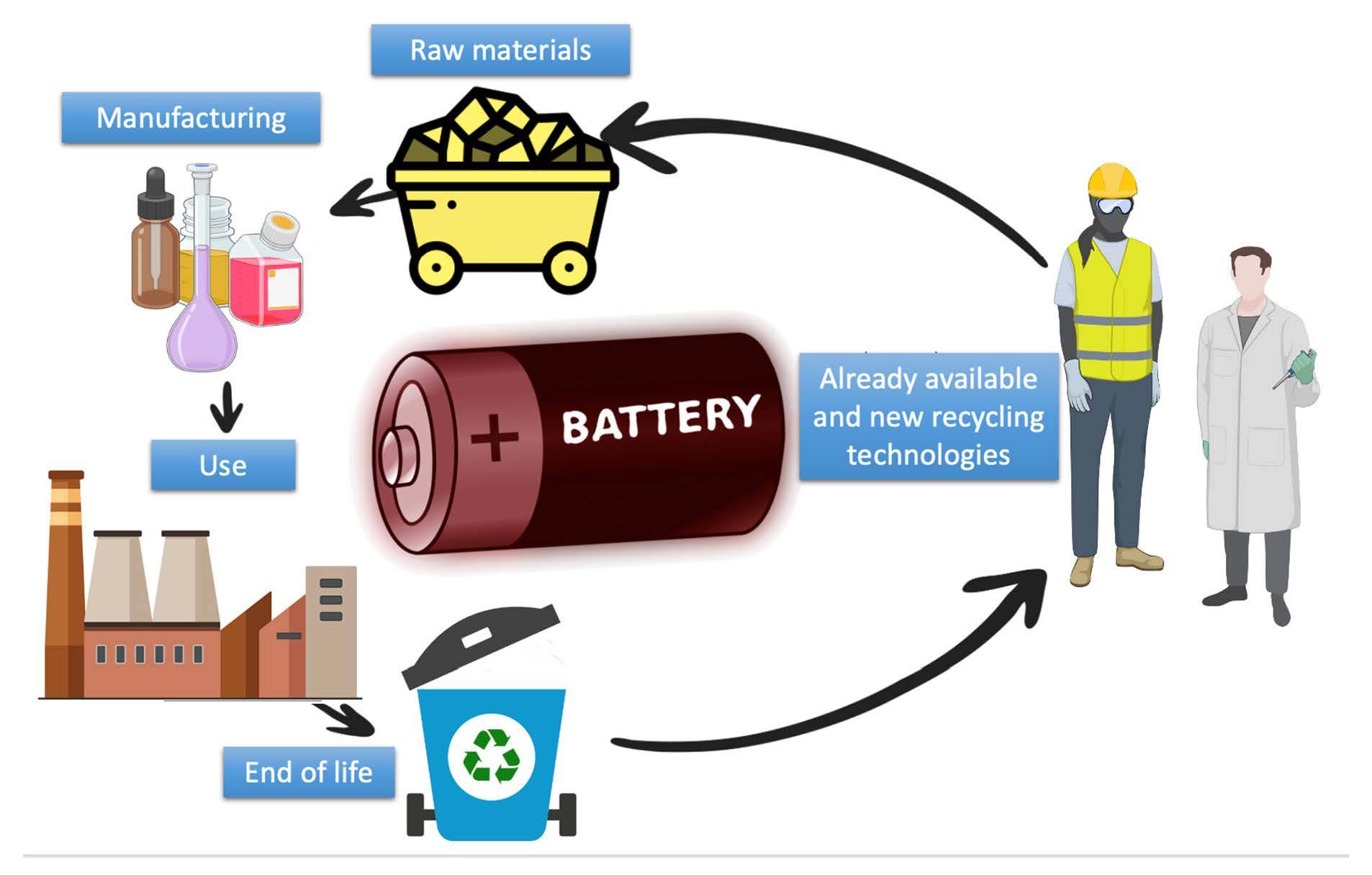
Environmental impact: Batteries contain various toxic chemicals, such as lead, mercury, cadmium, and lithium. When batteries are improperly disposed of in regular trash, these chemicals can leach into the soil and water, polluting the environment. This contamination poses a significant risk to ecosystems, plants, animals, and human health.
Water and soil pollution: When batteries break down in landfills or are incinerated, harmful chemicals can seep into the soil or be released into the air. From there, they can find their way into water bodies, causing water pollution. This pollution not only affects aquatic life but can also contaminate drinking water sources.
Health hazards: The toxic chemicals present in batteries can have severe health effects on humans. Exposure to lead, mercury, cadmium, or lithium can lead to neurological disorders, kidney damage, respiratory problems, and other health issues. Improper disposal of batteries increases the risk of these hazardous substances entering the human food chain through contaminated water or soil.
Resource conservation: Recycling batteries enables the recovery of valuable materials like metals and reduces the need for new resource extraction. Recycling conserves resources such as lithium, cobalt, nickel, and other raw materials used in battery production. By recycling batteries, we can reduce the environmental impact associated with mining and conserve valuable resources.
Proper disposal and recycling: It is crucial to dispose of batteries through proper recycling channels. Many communities have designated battery recycling centers or collection points where you can drop off used batteries. These centers ensure that batteries are safely recycled, preventing environmental contamination and allowing for the recovery of valuable materials.
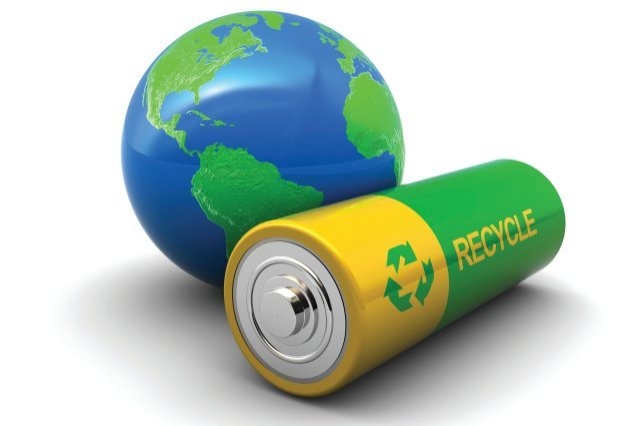
As our technology and standard of living improve, we increasingly rely on batteries in our daily lives. However, the issue of battery pollution is also becoming more severe. The harm and impact that a single C battery can cause to the environment may seem minimal, but when everyone contributes to environmental pollution through batteries, the condition of our planet we inhabit will deteriorate. The recycling of batteries is not just about proper waste management; it is a crucial step towards sustainable development for humanity. Only when each of us truly realizes how to use batteries responsibly and manage their recycling appropriately, can we continue to enjoy the conveniences brought by technology while preserving the health of our home planet.
NEWARE TECHNOLOGY LLC
755 Ames Avenue, Milpitas, CA, USA, 95035



